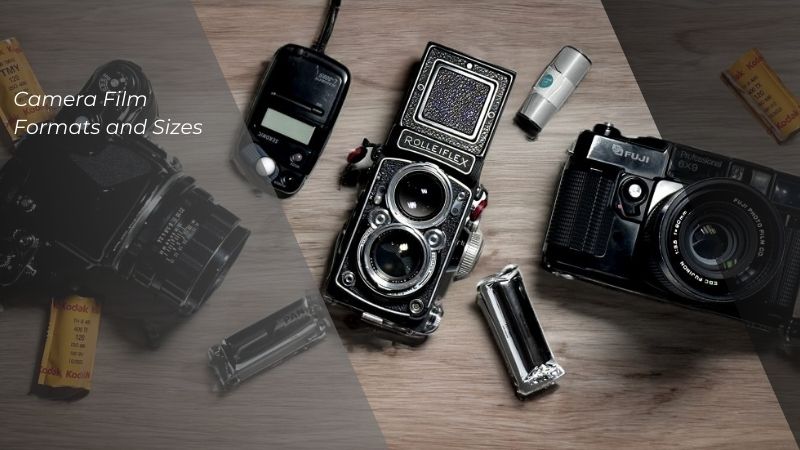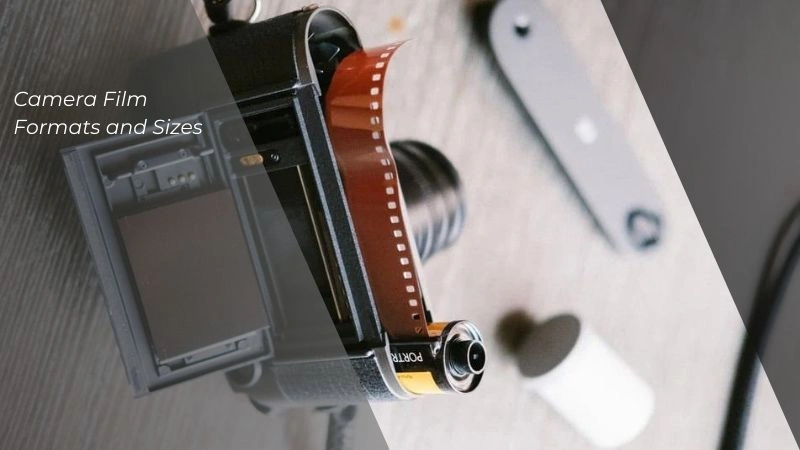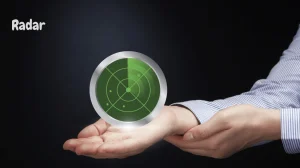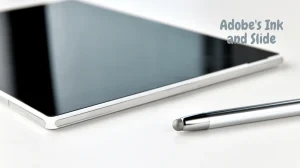Camera Film Formats and Sizes – After in the previous article we covered about the types of camera film, it’s time to get to know the formats and sizes of the camera films.
The camera film sizes and formats are usually divided by three, the common 35mm, 120mm and the large 4×5″formats.
So, without further ado, let’s dive into the camera film formats and sizes right now!
Also Read
Table of Contents
Camera Film Formats and Sizes

1. 35mm Film Format
The first one and also being the most common one is the 35mm film format. This type of film format started its journey in the early 20th century.
The accessibility and versatility of the 35mm format makes this film format the most popular film format used by either professional photographers and hobbyists alike.
And as a testament of its versatility, the 35mm is compatible with a wide range of cameras, from vintage rangefinders to modern SLRs.
The 35mm film usually comes in a light-tight metal canister that holds strips of photographic film, a lot of film processing labs around the world are able to develop this film format.
The name of “most popular film formats” is not just a title for the 35mm, as this format is a great option for both beginners and experts because it finds a balance between simplicity of use and image quality. And also, it’s ideal for several styles of photography, such as landscape, portrait, and street.
The availability of a large variety of film types in 35mm format is one of the most important benefits of 35mm film.
Whether it’s the classic black and white, vibrant color negatives, or the unique characteristics of slide and reversal films, 35mm offers something for every photographer’s taste.
The fact that 35mm format cameras are relatively tiny also makes them suitable for compact camera designs, which has contributed to their popularities.
2. 120 Film Format
Often referred to as medium film format, the history of 120 film can’t be separated with the history of the camera itself.
Introduced in 1901 by Kodak for their Brownie No.2 camera, it was a big step away from the heavy glass plate photography that was popular at the time.
As for the quality and resolution of the image, the 120 film holds superiority compared to the 35mm with the fixed 36x24mm frame, 120 film offers a variety of frame sizes including 6×4.5, 6×6, 6×7, and even 6×9 cm, depending on the camera used.
Thus, the flexibility of 120 film format allows photographers to choose any aspect ratio that best compliments their artistic vision, whether a wider format for taking nice landscapes or the classic square format.
Because of its image size, the 120 film format offers an exceptional detail and clarity of photographs.
This makes many professional photographers choose this film format, especially those specializing in portrait or landscape photography.
In addition to capturing more detail, the bigger negative size also resulting a deeper depth of field, which produces gorgeous bokeh effects that give images a surreal feel.
So, despite advancements in digital photography. 120 film remains a staple choice for those who appreciate analog photography.
3. Large Film Format
Taking pictures with large film formats, like those bigger than 4×5 inches, is a traditional way of photography dating back to the 1800s.
These large film sizes were the staple format for professional photographers, especially in studios or for capturing landscapes.
Compared to smaller formats like 35mm, the bigger film captures incredible detail, sharpness, and a wider range of tones.
Large film cameras, often using 4×5 inch sheets, offer photographers a much larger negative to work with. This translates to sharper details and allows for creating large prints that maintain exceptional quality.
However, this format requires a deliberate approach. Photographers often use large, bellows-based cameras with manual adjustments and meticulously plan composition and exposure.
It’s a technique that connects back to the very beginnings of photography, offering a pure and hands-on experience.
The larger film format might not be the best film format for beginners, as this type of film format can be a little trickier and take more time compared to smaller film format.
But, the level of detail and depth it captures is unmatched by other options, thus making it a favorite choice for photographers specializing in landscapes, architecture, and fine art.
There are few of other formats as well in addition for the main three that we discussed above, such as:
- 110 Film: The compact, pocked-sized film usually for pocket cameras.
- 620 and 127 Film: The vintage film formats introduced by Kodak in 1931 and 1912 respectively with a frame size of 40x40mm.
- Instax and Polaroid Film: Film for instant cameras.
So, here you go, the types of camera film formats and sizes!


















